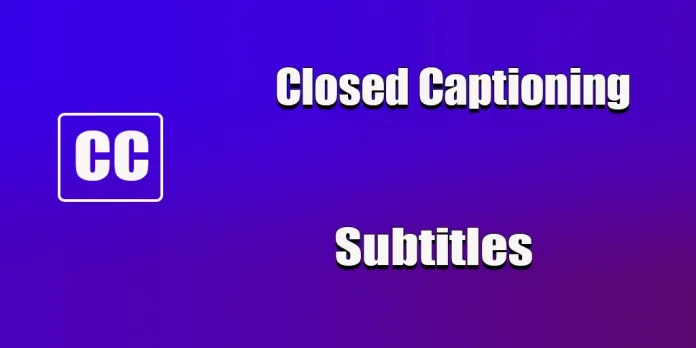Closed Captioning (CC) is essentially the same as regular subtitling. The term “closed captioning” was coined during the transition from analog to digital television in the United States, and even earlier. It emerged when user-controlled subtitles became available, made possible by the fact that they are broadcast separately from the video image.
The Emergence of Closed Captioning
In the analog television era, some TV channels used two adjacent channels: one for video and one for subtitles. The user could turn subtitles on or off independently. This is how the concept of closed captioning was introduced in the U.S. — subtitles that are hidden but can be turned on when needed. However, during the analog television era, this was not widespread, as it required special TV sets with dual receivers and a system for combining two channels. But with the advent of digital television, which initially realized the possibility of broadcasting subtitles, the term CC (Closed Captioning) firmly became part of American usage, allowing users to control the captions.
The Concept of CC in Other Countries
In the U.S., CC is well understood and even used at the legislative level. In other countries, however, such as in Europe, the term may not be universally recognized, as people are more accustomed to the traditional term “subtitling.”
Are There Differences Between Closed Captioning and Subtitling?
The claim that closed captioning is inherently superior to standard subtitling is a misconception. This belief became widespread on the internet when various websites began to recycle information and spread false claims, such as the idea that the difference between closed captioning and subtitles is that CC shows not only dialogue but also visualizes the surrounding sounds. Since various artificial intelligences also pull information from the internet, this false claim has gained traction.
However, it’s important to know that closed captioning and classic subtitling are identical.





